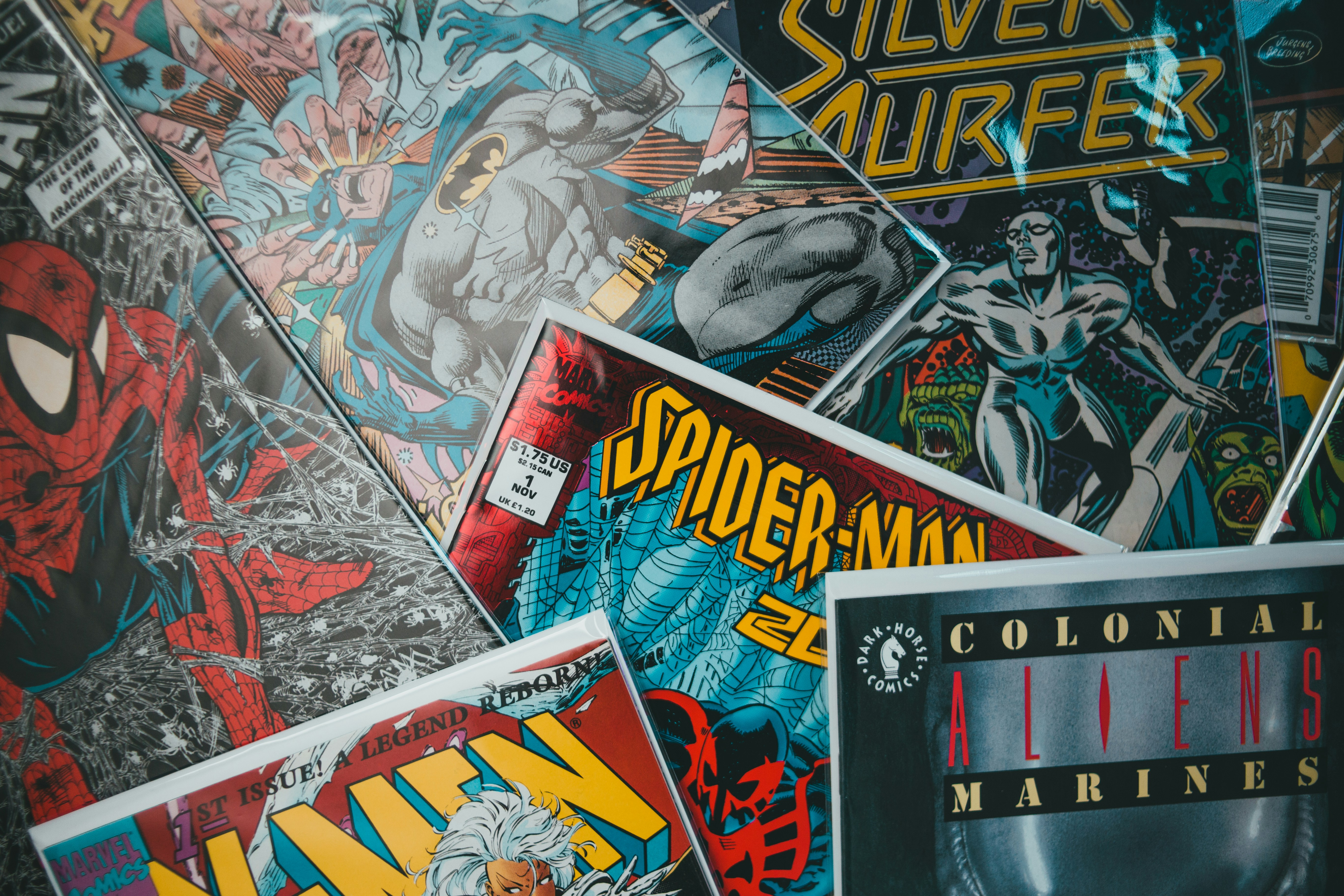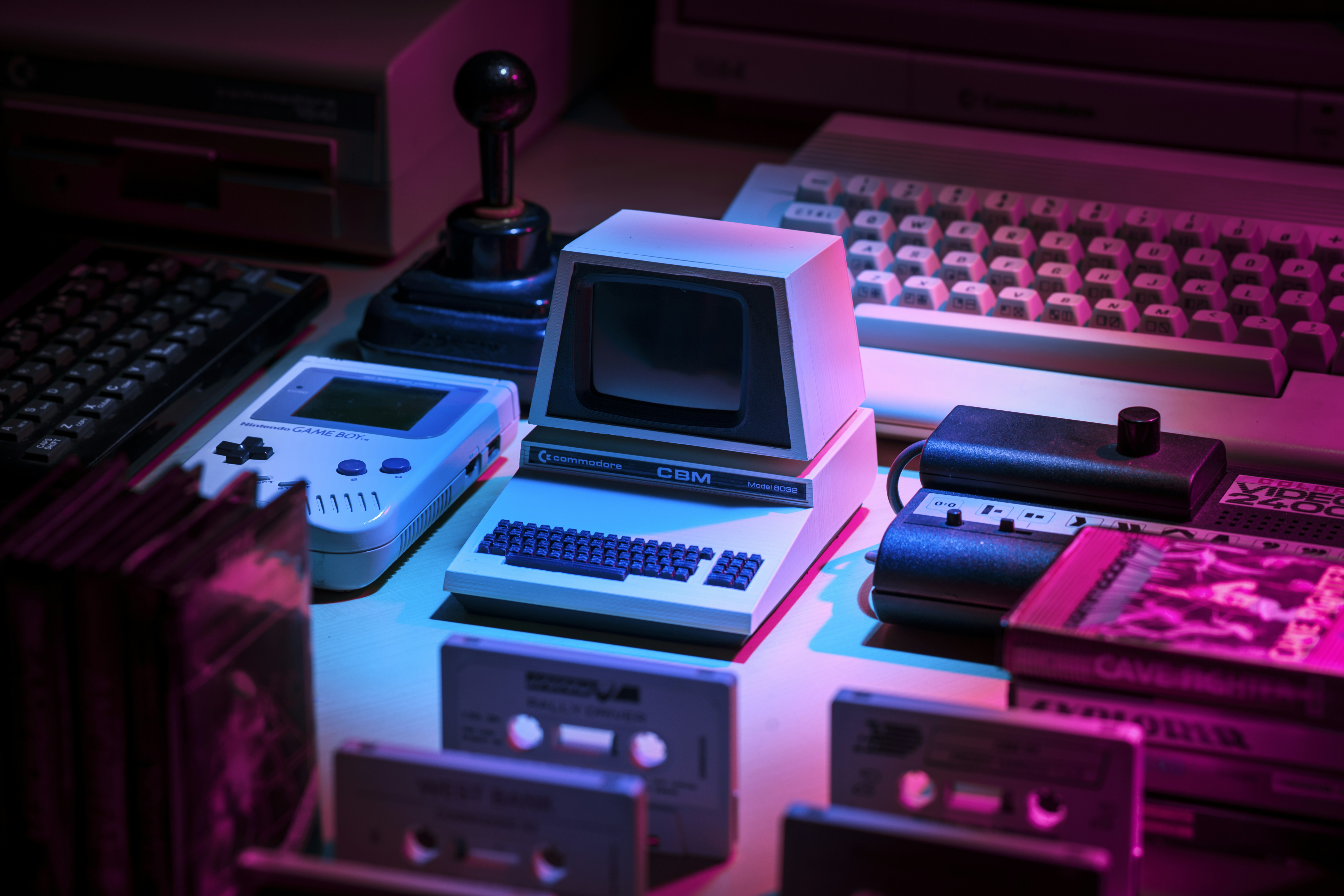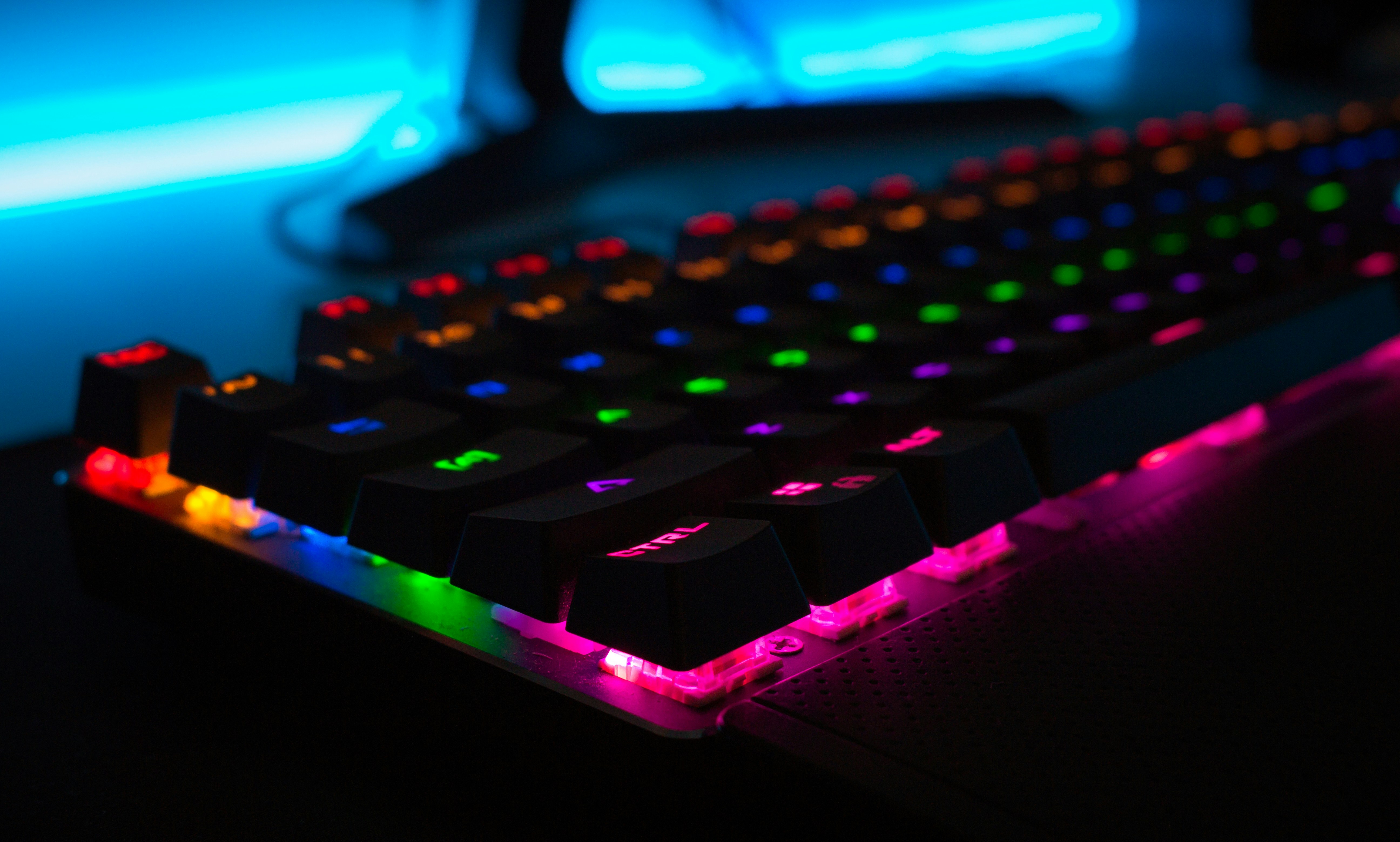Bandai has officially overtaken Sony Interactive Entertainment as the top patent holder in Japan’s game and entertainment industry, according to an analysis published November 4, 2025 by Patent Result, a Japanese patent analysis agency. The rankings, which evaluate patents registered and active between April 1, 2024 and March 31, 2025, reveal significant shifts in intellectual property dominance among Japan’s gaming giants. Bandai’s commanding lead with 8,565.2 patent points across 245 patents marks a meaningful change in the landscape, particularly given Nintendo’s position further down the list despite its aggressive patent enforcement in recent years.
The Top 10 Japanese Gaming Patent Holders
Bandai dominates the landscape with 8,565.2 points earned from 245 patents, a substantial lead over second-place Sony Interactive Entertainment’s 6,631.0 points across 208 patents. Mobile game developer Gree rounds out the top three with 5,121.9 points from 176 patents. COLOPL follows with 4,978.0 points from 137 patents, while MIXI maintains strong presence with 4,664.8 points across 241 patents – indicating strong quantitative performance even if individual patent quality scores lower than Bandai’s.
Nintendo’s position at number six with 4,210.8 points from 154 patents is particularly noteworthy given the company’s high-profile patent enforcement efforts against Palworld developer Pocketpair and other competitors. Despite aggressive patent litigation, Nintendo’s quantitative patent score ranks sixth among major Japanese publishers. Cygames, Sega, The Pokémon Company, and Bandai Namco Amusement complete the top ten, demonstrating the concentrated patent ownership among Japan’s largest gaming corporations.
What These Patent Scores Mean
Patent Result’s scoring system doesn’t simply count raw patent numbers – it weights patents based on relevance, quality, and strategic value. Bandai’s 8,565.2 score from 245 patents represents an average score of approximately 34.9 per patent, suggesting Bandai’s portfolio includes high-quality, strategically valuable intellectual property. This contrasts with companies like MIXI, which has 241 patents (similar to Bandai’s 245) but achieves only 4,664.8 points – an average of roughly 19.4 per patent.
This scoring methodology reflects that patent portfolios aren’t created equal. A company with 100 highly valuable patents covering core technologies can be more defensible than a company with 300 patents spread across diverse, lower-quality IP. Bandai’s strong performance suggests their patent portfolio concentrates on particularly valuable gaming technologies and systems.
Why Bandai’s Dominance Matters
Bandai Namco is Japan’s largest toy and entertainment company, with gaming representing just one segment of a massive conglomerate. The company’s extensive portfolio covers everything from merchandising systems to game mechanics, character designs, and interactive entertainment technologies spanning decades of corporate development. This breadth gives Bandai enormous flexibility in defensive litigation and offensive patent strategy against competitors.
Bandai’s position also reflects the company’s ownership of iconic franchises requiring diverse patent protection – Dragon Ball, Gundam, Pac-Man, Tekken, Dark Souls, and Elden Ring alone justify extensive IP portfolios. The company must protect not just game code but character designs, merchandise systems, gaming mechanics, and interactive entertainment technologies across multiple platforms and formats.
Nintendo’s Aggressive Patent Strategy Without Portfolio Dominance
Nintendo’s position at sixth despite recent high-profile patent enforcement represents an interesting contrast. The company has been extraordinarily active in patent litigation – suing Palworld developer Pocketpair, filing patent applications covering core Nintendo mechanics, and generally becoming more aggressive about IP enforcement. Yet by total patent portfolio score, Nintendo ranks behind four other companies including mobile developers like Gree and COLOPL.
This disconnect suggests Nintendo prioritizes strategic litigation over pure portfolio breadth. Rather than accumulating 1,000+ patents, Nintendo carefully curates a focused portfolio covering its most valuable technologies, then aggressively defends them when competitors encroach. This strategy has proven effective – the Palworld litigation, while not yet resolved, demonstrates Nintendo can force competitors into expensive legal battles despite having fewer total patents than Bandai.
Mobile Developers’ Strong Position
Gree, COLOPL, and MIXI’s positions in the top five reveal how seriously mobile game developers take intellectual property. Mobile gaming’s rapid iteration cycles, competitive market dynamics, and relatively low barriers to entry have made patent protection crucial. Mobile developers must patent novel mechanics quickly before competitors replicate them, leading to more aggressive patenting strategies than traditional console developers employ.
This mobile emphasis also reflects market economics – mobile gaming generates more annual revenue than console gaming globally, incentivizing massive patent investment from mobile-focused companies. Gree and COLOPL’s high patent scores reflect strategic investment in protecting mobile gaming mechanics and systems.
Implications for Gaming Industry Competition
Bandai’s patent dominance creates strategic advantages in negotiation, litigation, and cross-licensing. When competitors develop similar mechanics or systems, Bandai has stronger leverage to demand licensing fees or litigation settlements. The company can also use patents defensively – when threatened with litigation, Bandai’s extensive portfolio enables counter-suits based on competitor technologies allegedly infringing Bandai patents.
For smaller studios and independent developers, these patent concentrations matter significantly. The landscape is increasingly owned by companies with massive IP portfolios, making genuine innovation without touching existing patents increasingly difficult. Larger publishers can absorb litigation costs or navigate patent landscapes through licensing. Smaller studios face much higher risk when implementing even common gaming mechanics that larger companies might have patented.
FAQs
Who is ranked number one in Japanese gaming patents?
Bandai holds the top position with 8,565.2 patent points across 245 patents in the April 2024 – March 2025 fiscal year.
How is patent score calculated?
Patent Result weighs patents based on quality, relevance, and strategic value rather than simply counting total patents. This creates average per-patent scores ranging from approximately 19-35 depending on portfolio quality.
Where does Nintendo rank?
Nintendo ranks sixth with 4,210.8 points from 154 patents, despite recent high-profile patent enforcement efforts against competitors like Pocketpair.
Why does MIXI have fewer points than COLOPL despite more patents?
Patent scoring weights individual patent quality and value. MIXI’s 241 patents average lower quality scores than COLOPL’s 137 patents, suggesting more diverse but potentially lower-value IP portfolio.
Which mobile developers are highly ranked?
Gree ranks third (5,121.9 points), COLOPL ranks fourth (4,978.0 points), and MIXI ranks fifth (4,664.8 points), showing mobile developers take patent protection seriously.
Is a higher patent count always better?
No, patent quality matters more than quantity. A company with 100 valuable patents can have stronger IP position than a company with 500 low-quality patents.
What patents does Bandai own?
Bandai’s portfolio covers Dragon Ball, Gundam, Pac-Man, Tekken, Dark Souls, Elden Ring technologies, plus core gaming mechanics and interactive entertainment systems.
How does patent ownership affect competition?
Larger patent portfolios provide leverage in litigation, licensing negotiations, and competitive disputes, potentially disadvantaging smaller developers.
Who published this ranking?
Patent Result, a Japanese patent analysis agency, published these rankings November 4, 2025, covering fiscal year April 2024 – March 2025.
Does this ranking include worldwide patents?
While the analysis focuses on Japanese game and entertainment companies, most have patents filed internationally including the US, Europe, and other regions.
Conclusion
Bandai’s position as Japan’s top patent holder reflects the company’s massive scale, diverse portfolio, and strategic IP investment across gaming and entertainment. While Nintendo draws attention through aggressive patent litigation, Bandai’s quantitative dominance demonstrates the importance of building comprehensive patent portfolios across decades of development. For the gaming industry broadly, this ranking illustrates how intellectual property ownership concentrates among major publishers, potentially creating challenges for independent developers navigating increasingly complex patent landscapes. As litigation over game mechanics continues – from Nintendo versus Palworld to Konami versus Cygames – this patent concentration suggests that IP ownership will remain a crucial competitive factor in gaming’s future.


